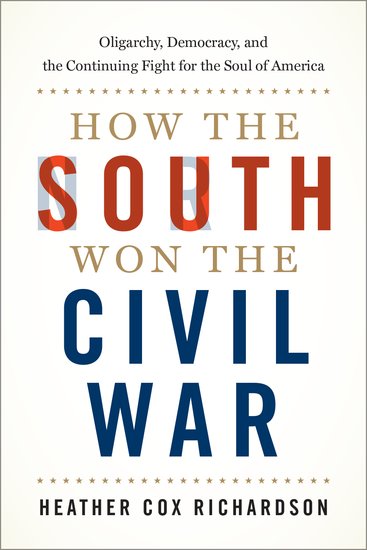The Clint Eastwood Western The Outlaw Josey Wales (1976), a genre-defining fantasy of anti-government violence, finds redemption for the failed ideas of the white South in the bloody plains of the American West. Eastwood’s character, and the entire idea of the American West in the film, are the product of two of the biggest blows against white supremacy in U.S. history: the Civil War and the civil rights movements. The book on which it was based, The Rebel Outlaw: Josey Wales (1972), was written by a former Klansman named Asa Earl Carter who went by the pen name Forrest Carter (a nod to Confederate hero and Grand Wizard of the postbellum Ku Klux Klan, Nathan Bedford Forrest).
Carter had been on the lunatic fringe of the struggle to maintain white supremacy in Alabama during the 1950s and 1960s. His biggest claim to fame was writing George Wallace’s 1963 inaugural gubernatorial address, which included the infamous line, “Segregation now, segregation tomorrow, segregation forever!” As the civil rights movements advanced, however, Carter came to believe that George Wallace and even the KKK were too soft for his particular brand of racism. So he moved to Texas. Out west, he rebuilt his identity and carried forward the struggle to maintain his idea of freedom.
Carter’s book, and Eastwood’s movie, tell an allegorical story of a Missouri farmer who loses everything to a merciless band of Union soldiers who slaughter his family and burn his home after the Civil War. In the novel, the desperate Wales nails G.T.T. (Gone to Texas) on his door and joins a guerrilla band of Confederates who exact their revenge on the soulless Yankee intruders. In one famous scene from the movie, Eastwood wipes out an enormous swath of Union soldiers with a Gatling gun. The Civil War never ended for Josey Wales, just like it—and the struggle against the civil rights movement—never ended for Carter himself. The film’s initial director, Philip Kaufman, who was eventually fired by Eastwood, found the whole story of redeeming the Confederacy in the West through violent anti-government rebellion to be “fascist” and “nutty.”
The historian Heather Cox Richardson also finds the connection between South and West troubling—but accurate. In How the South Won the Civil War, Richardson shows how once-defeated ideas and politics stayed alive and then flourished by moving west. “In the West,” she writes, “Confederate ideology took on a new life, and from there, over the course of the next 150 years, it came to dominate America.” White Southerners continued their resistance to federal incursions on white supremacy through a geographic shift to what they saw as “the only free place left in America.” They believed that Reconstruction-era “Republicans who passed laws to protect freed people were not advancing equality; they were destroying liberty.” The mythology (and she stresses that most of it was myth) of the American cowboy took on the individualism that once belonged to the Jeffersonian yeoman. Both stock characters were capable of heroic feats of grit, pluck, and determination.

